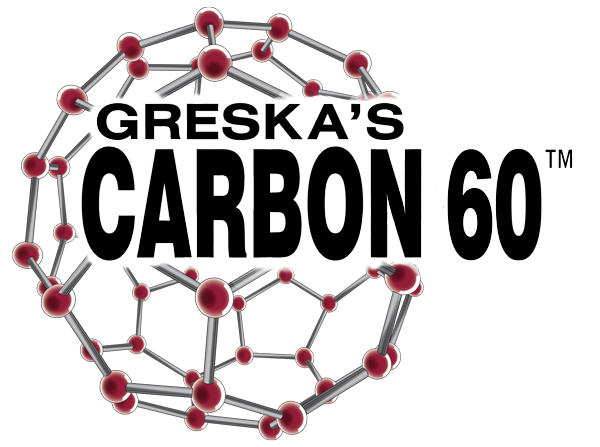What are Fullerenes
What Are FullerenesFullerenes are a family of carbon allotropes in which carbon atoms are arranged in closed cages or tubular frameworks composed of pentagons and hexagons.Unlike graphite (layered sheets) and diamond (3-D tetrahedral networks), fullerenes form hollow shapes such as spheres (buckyballs), ellipsoids, and cylinders (carbon nanotubes).The most famous member is C60 (Buckminsterfullerene), a soccer-ball-like molecule of 60 carbon atoms.Key Facts• Composition: Pure carbon arranged in closed networks of pentagons and hexagons• Common Forms: Spherical (C60, C70), tubular (carbon nanotubes), and higher fullerenes (C76, C84, etc.)• Allotrope Family: Diamond, graphite, graphene, amorphous carbon, and fullerenes• Nomenclature: “Buckminsterfullerene” honors architect Buckminster Fuller for his geodesic dome designsBrief History• 1985: C60 detected in vaporized graphite clusters (Kroto, Smalley, Curl and colleagues)• Early 1990s: Scalable production via carbon-arc discharge enabled gram-scale isolation of C60 and other fullerenes• 1996: Nobel Prize in Chemistry awarded to Kroto, Curl, and Smalley for the discovery of fullerenesStructural Features• Closed-cage geometry: Curved carbon networks create mechanically robust, symmetric cages• π-Electron delocalization: Contributes to distinctive optical and electrochemical properties• Isomerism: Higher fullerenes (C70, C76, C84) can exist in multiple cage isomers with different symmetryPhysical and Chemical Properties• Solubility: Soluble in non-polar organic solvents (toluene, CS₂); limited solubility in water unless modified• Stability: Thermally and chemically stable; can be functionalized to tune reactivity• Photophysics: Exhibit characteristic absorption spectra; can generate singlet oxygen under light in the presence of oxygen• Redox behavior: Undergo reversible electron uptake, useful in electrochemistry and materials scienceOccurrence and Production• Natural: Identified in certain soot deposits, combustion environments, lightning-struck materials, and interstellar space• Laboratory: Produced via carbon-arc discharge, laser ablation of graphite, and combustion methods; purified chromatographicallyApplications and Research Areas• Materials science: Organic photovoltaics, organic semiconductors, conducting composites, lubricants, coatings• Nanotechnology: Building blocks for molecular electronics, quantum materials, and functional nanostructures• Chemical synthesis: Derivatization enables host–guest chemistry and tailored surface functionalityCommon Terms and SEO KeywordsFullerenes | Buckminsterfullerene | C60 | C70 | Buckyballs | Carbon nanotubes | Carbon allotropes | Spherical carbon molecules | Fullerene properties | Fullerene applicationsResponsible Use of InformationThis page provides neutral, educational background on fullerene chemistry and materials science.Discussions of potential biological or health effects should be grounded in peer-reviewed literature and avoid unsubstantiated claims.Further Reading and ReferencesWikipedia – Fullerene: https://en.wikipedia.org/wiki/FullereneWikipedia – Buckminsterfullerene (C60): https://en.wikipedia.org/wiki/BuckminsterfullereneNobel Prize in Chemistry 1996 – Fullerenes: https://www.nobelprize.org/prizes/chemistry/1996/summary/NIH PubChem – Carbon C60: https://pubchem.ncbi.nlm.nih.gov/compound/Carbon-C60Royal Society of Chemistry – Buckyballs: https://www.rsc.org/periodic-table/element/6/carbon/buckyballsNASA – Fullerenes in Space: https://www.nasa.gov/feature/ames/nasa-discovers-life-s-building-block-in-space-fullerenesMeta Description (≤160 characters):Fullerenes are carbon allotropes forming hollow cages and tubes (C60, nanotubes) with distinctive chemistry, history, and materials applications.
Frequently Asked Questions
Cannot Find Your Answer?
